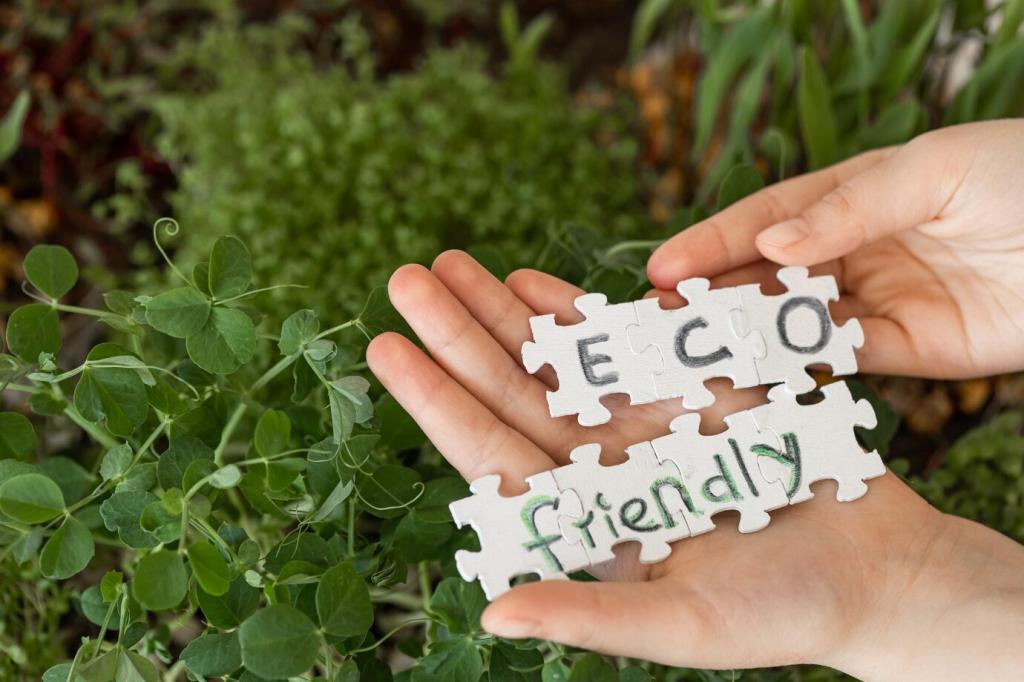Why Recycled Belongs in Your Kitchen
Reusing materials slashes embodied carbon, keeps beautiful resources out of landfills, and gives your kitchen soul. Every knot, rivet, and ripple carries a history you can feel daily, turning ordinary chores into tiny rituals of stewardship and style.
Why Recycled Belongs in Your Kitchen
Pair recycled elements with low-VOC sealers, formaldehyde-free substrates, and water-based finishes to protect indoor air quality. Thoughtful finishing not only preserves patina but also reinforces durability, so your reclaimed wood, recycled glass, or salvaged metal thrives with everyday spills and heat.




